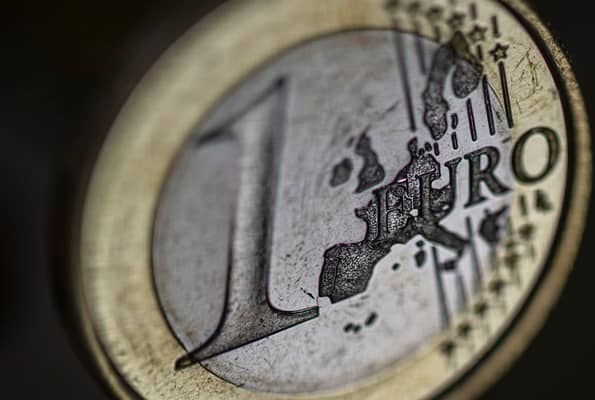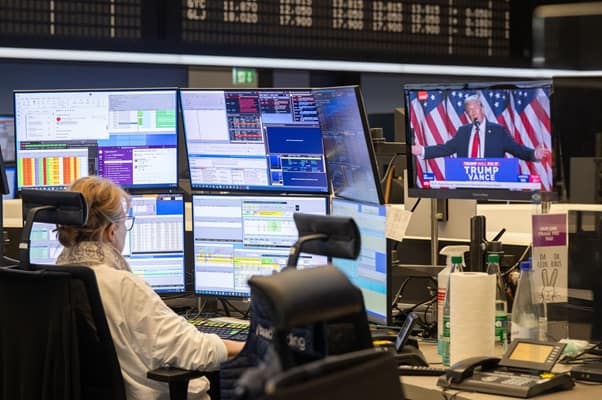Bussiness
Euro takes advantage of lower Treasury yields to counter continued weaker-than-expected data – London Business News | Londonlovesbusiness.com

The Euro is back on the rise today, rising 0.2% against the US Dollar, reclaiming the 1.051 level while still remaining near its lowest levels this year.
The euro’s is capitalizing on the correction in US Treasury yields after reaching levels that seem at attractive spot to buy. This has given the euro the ability to confront the continuous stream of weaker-than-expected data, the latest of which indicated a collapse in confidence in the German economy with the lowest reading of the GfK Consumer Climate Index since last April.
The GfK headline reading was -23.3 in November, which was far below expectations. This was in light of a sharp decline in income expectations and some decline in the willingness to buy, in contrast to an increase in the willingness to save, according to the report. The report also indicated that consumers have become more pessimistic about the current economic situation, in addition to the continued dwindling hope for recovery, and this pessimism was due to the rise in insolvencies and job losses. Consumer expert at the Nuremberg Institute for Market Decisions Rolf Bürkl said that consumer uncertainty has increased recently, which explains the increased willingness to save.
Today’s GfK report follows the Ifo Business Climate report for November, which we saw earlier this week, and also pointed to the “floundering” in the German economy amid declining business sentiment, both regarding the current situation and future expectations, with companies in the manufacturing, services and construction sectors becoming increasingly pessimistic.
These two reports also come in addition to the shocking purchasing managers’ reports from S&P Global that we saw last Friday. Service activity in Germany and the eurozone contracted unexpectedly, and manufacturing activity continued to contract, amid very low business sentiment.
Meanwhile, the PMI reports have sparked renewed concerns about the health of the region’s economy, especially in light of the expected trade wars with the return of Donald Trump, in addition to concerns about the escalation of the conflict in Ukraine and its spiraling out of control.
This worrying economic performance has raised the possibility that the European Central Bank will cut interest rates by 50 basis points at a meeting in December, according to the Financial Times.
On the other side of the Atlantic, the Federal Reserve is cautious about the pace of rate cuts next year, and the minutes of the last meeting published yesterday further confirmed this, with policymakers talking about the need to take a gradual approach to the cuts. While Fed members see risks of a slowdown in the labor market or the economy as having diminished.
In addition, the November PMI for the US report also indicated that sentiment has recovered after the end of the presidential election, which surrounded the economy with uncertainty, and this was accompanied by a faster-than-expected expansion in services activities.
Therefore, the probability of a Fed rate cut in January is still low, at only 15%, according to the CME FedWatch Tool. While the expected quarter-point cut in December is still likely.
Despite all this, we find the euro trying to rise today, amid the decline in US Treasury yields. The 10-year yield above 4.4% seems to be a buying opportunity, especially after a rate cut and relatively low inflation that has taken real yields to their highest levels since 2015.
However, the 10-year German bund yield continue to fall sharply and are at their lowest levels since early October in light of the gloomy economic outlook. While the return of Treasury yields to the rise, driven by fading hopes for the pace of rate cuts next year, has pushed the yield gap with Eurozone bonds to a widening trend, which could pressure the euro to resume its losses.
The gap between the 10-year Treasury and its German bund counterpart is 2.11%, which is close to the highest levels since last April, which we saw on Friday.









